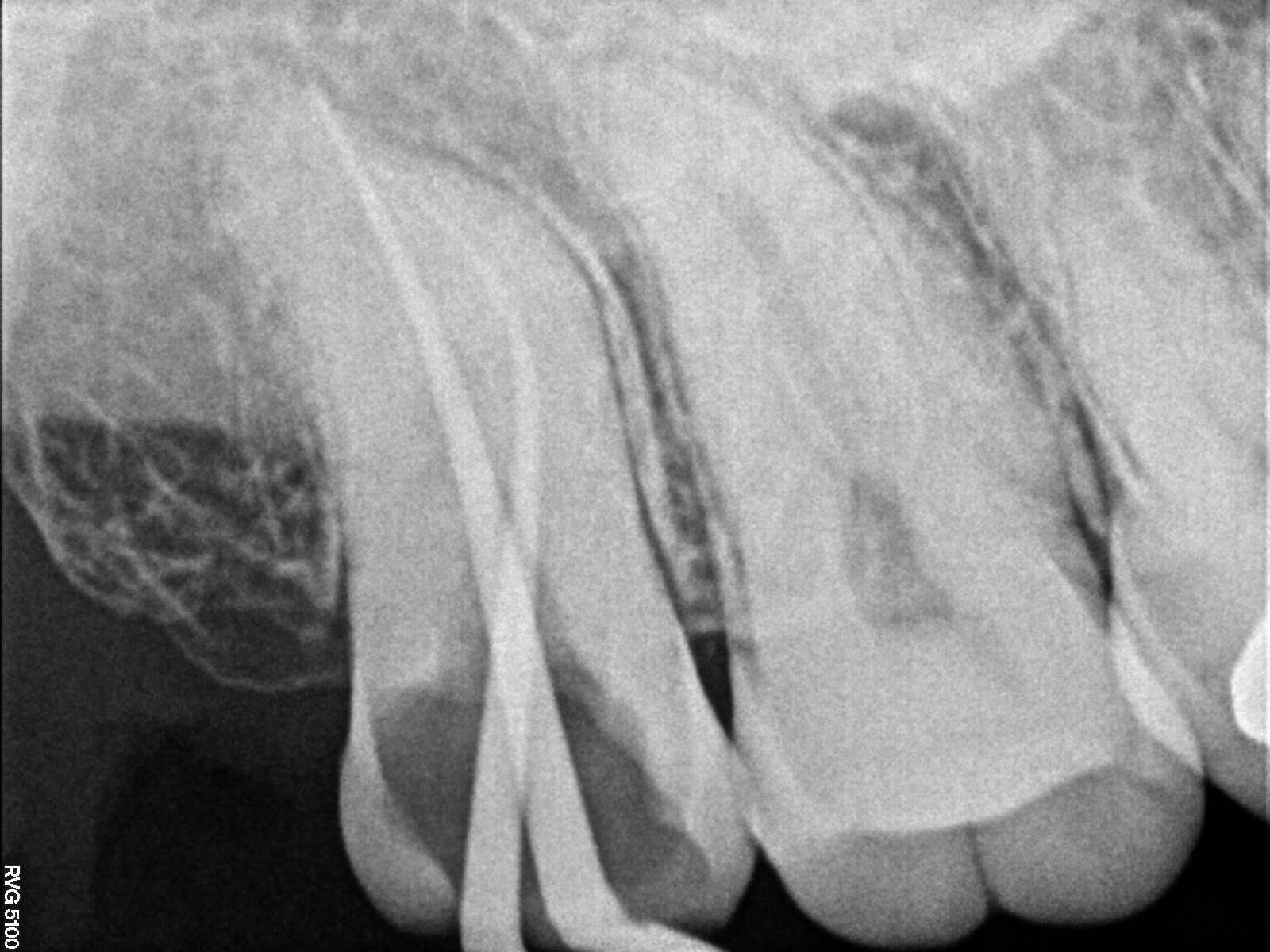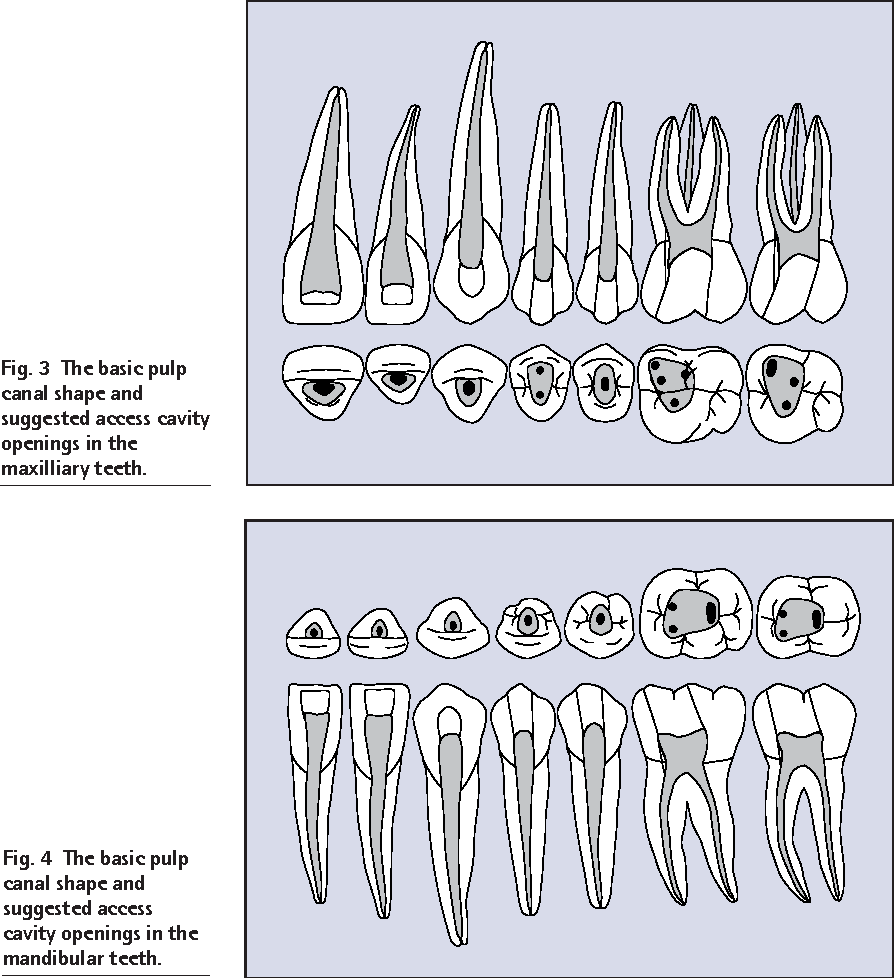Root canal treatment for upper molars is a specialized dental procedure designed to save a tooth that has been severely damaged or infected. This procedure is essential for preserving oral health and preventing further complications. If you're experiencing pain or discomfort in your upper molars, understanding the root canal process can provide valuable insights into maintaining your dental well-being.
Millions of people worldwide undergo root canal treatments each year, making it one of the most common dental procedures. The procedure involves removing the infected pulp inside the tooth, cleaning the root canal, and sealing it to prevent future infections. Understanding this process is crucial for anyone who wants to maintain their oral health.
In this article, we will explore everything you need to know about root canal treatment for upper molars, including its purpose, procedure, risks, benefits, and how to prepare for it. Whether you're a patient considering the treatment or simply curious about dental health, this guide will provide comprehensive insights into the topic.
Read also:Chris Diamantopoulos In Red Notice Exclusive Details And Insights
Table of Contents
- What is Root Canal Treatment?
- Anatomy of the Upper Molar
- When is Root Canal Treatment Needed?
- Overview of the Root Canal Procedure
- Preparing for Root Canal Treatment
- Costs Associated with Root Canal Treatment
- Risks and Benefits of the Procedure
- Aftercare and Recovery
- Alternatives to Root Canal Treatment
- Frequently Asked Questions
What is Root Canal Treatment?
Root canal treatment, also known as endodontic therapy, is a dental procedure aimed at saving a tooth that has been damaged by decay, injury, or infection. The procedure involves removing the infected pulp from the tooth's interior, cleaning the root canals, and sealing them to prevent reinfection. This process is critical for preserving the natural tooth structure and preventing the need for extraction.
Why is Root Canal Treatment Important?
Without proper treatment, an infected tooth can lead to severe complications, including abscesses, bone loss, and even systemic infections. Root canal treatment not only alleviates pain but also restores the tooth's functionality and appearance. According to the American Association of Endodontists (AAE), over 15 million root canal procedures are performed annually in the United States alone.
Anatomy of the Upper Molar
Understanding the anatomy of the upper molar is essential for comprehending the root canal procedure. The upper molars are large, flat teeth located at the back of the mouth. They have multiple roots, with the maxillary first molar typically having three roots, while the second molar has two roots. Each root contains one or more canals that house the pulp, which consists of nerves, blood vessels, and connective tissue.
Key Features of Upper Molars
- Complex root structure with multiple canals
- High susceptibility to decay and infection
- Essential for chewing and grinding food
When is Root Canal Treatment Needed?
Root canal treatment is necessary when the pulp inside the tooth becomes infected or inflamed due to deep decay, repeated dental procedures, or trauma. Common symptoms that indicate the need for treatment include severe tooth pain, sensitivity to hot or cold, swelling, and discoloration of the tooth.
Signs You May Need a Root Canal
- Persistent toothache
- Swelling around the gums
- Sensitivity to temperature changes
- Discoloration of the affected tooth
Overview of the Root Canal Procedure
The root canal procedure typically involves several steps, including diagnosis, preparation, cleaning, and sealing. The dentist will begin by taking X-rays to assess the extent of the damage and locate the root canals. Local anesthesia is then administered to numb the area, ensuring the patient remains comfortable throughout the procedure.
Steps in the Root Canal Process
- Diagnosis and preparation
- Removal of infected pulp
- Cleaning and shaping the root canals
- Sealing the canals with a filling material
- Placement of a crown or restoration
Preparing for Root Canal Treatment
Before undergoing root canal treatment, it's important to discuss your medical history and any concerns with your dentist. This includes informing them about any allergies, medications, or existing health conditions. Your dentist may also recommend avoiding certain foods or activities prior to the procedure to ensure optimal results.
Read also:Brothers Cafe A Comprehensive Guide To The Best Culinary Experience
Tips for Preparing for Your Appointment
- Communicate openly with your dentist about your concerns
- Follow any pre-procedure instructions carefully
- Plan for transportation if sedation is required
Costs Associated with Root Canal Treatment
The cost of root canal treatment can vary depending on several factors, including the complexity of the case, the dentist's experience, and the geographic location. On average, root canal treatment for an upper molar can range from $500 to $1,500. Insurance coverage may reduce out-of-pocket expenses, so it's advisable to check with your provider beforehand.
Factors Affecting Treatment Costs
- Severity of the infection
- Number of roots and canals
- Geographic location and dentist's expertise
Risks and Benefits of the Procedure
While root canal treatment is generally safe and effective, like any medical procedure, it carries some risks. Potential complications include infection, instrument breakage, or incomplete treatment. However, the benefits of preserving the natural tooth and avoiding extraction far outweigh the risks for most patients.
Benefits of Root Canal Treatment
- Preservation of natural tooth structure
- Relief from pain and discomfort
- Improved oral health and functionality
Aftercare and Recovery
Proper aftercare is crucial for ensuring a successful recovery following root canal treatment. Patients should avoid chewing on the treated tooth until it has been fully restored with a crown or filling. Additionally, maintaining good oral hygiene practices, such as brushing and flossing, can help prevent future infections.
Post-Treatment Care Tips
- Avoid chewing on the treated tooth until fully restored
- Maintain regular dental check-ups
- Report any unusual symptoms to your dentist
Alternatives to Root Canal Treatment
In some cases, alternative treatments may be considered, such as tooth extraction or dental implants. However, these options often require more extensive procedures and higher costs. Root canal treatment remains the preferred choice for preserving the natural tooth whenever possible.
Comparison of Treatment Options
- Root canal: Preserves the natural tooth
- Extraction: Requires replacement with a bridge or implant
- Implants: More invasive and costly
Frequently Asked Questions
1. Does root canal treatment hurt?
Modern techniques and anesthesia ensure that most patients experience minimal discomfort during the procedure. Post-treatment, some mild soreness may occur, but this can be managed with over-the-counter pain relievers.
2. How long does the treatment take?
The duration of the procedure can vary depending on the complexity of the case. On average, root canal treatment for an upper molar takes one to two hours per session, with most cases requiring one to two visits.
3. Can root canal treatment fail?
While rare, root canal treatment can fail due to missed canals, inadequate cleaning, or reinfection. In such cases, retreatment or surgical intervention may be necessary.
Kesimpulan
Root canal treatment for upper molars is a safe and effective procedure that can save a severely damaged or infected tooth. By understanding the process, preparing adequately, and following proper aftercare, patients can achieve optimal results and preserve their oral health. If you're considering this treatment, consult with a qualified dentist to discuss your options and address any concerns.
Take action today by scheduling a consultation with your dentist. Share this article with others who may benefit from the information, and explore more resources on our website for additional insights into dental health.

